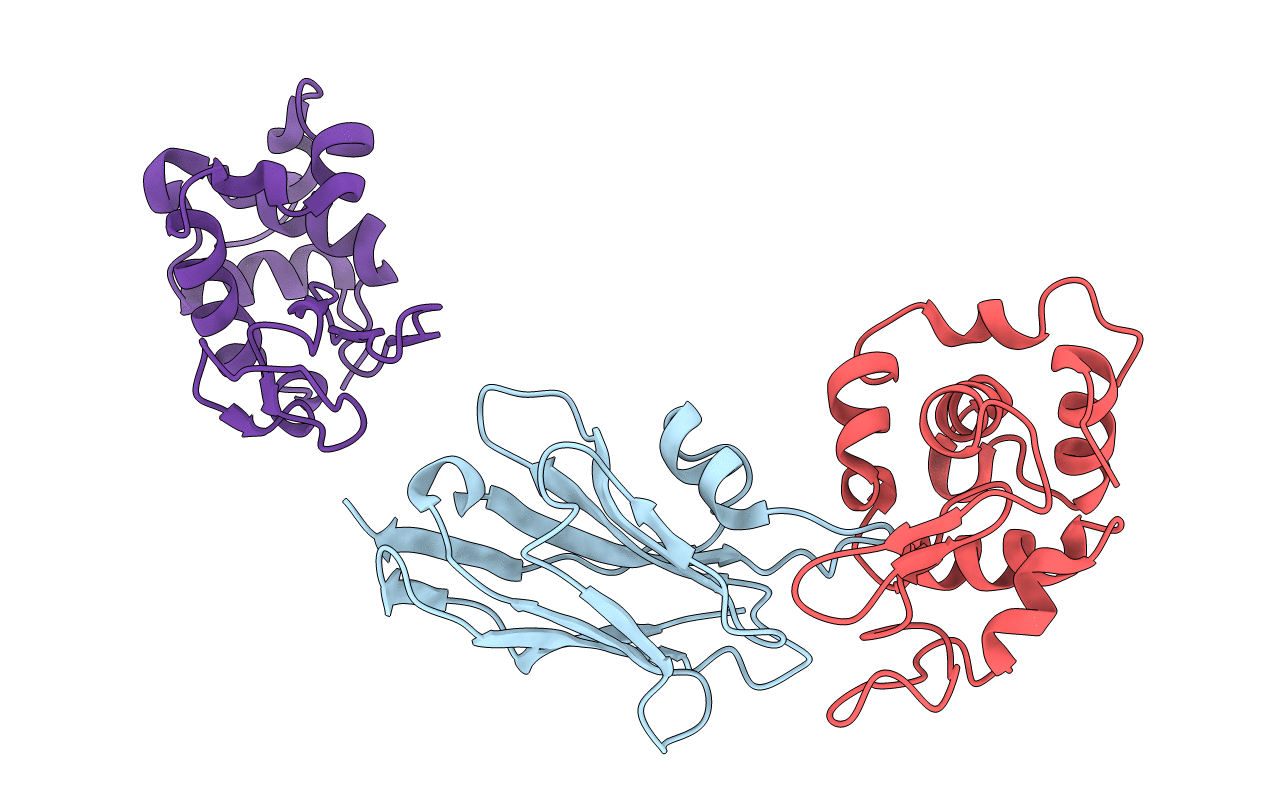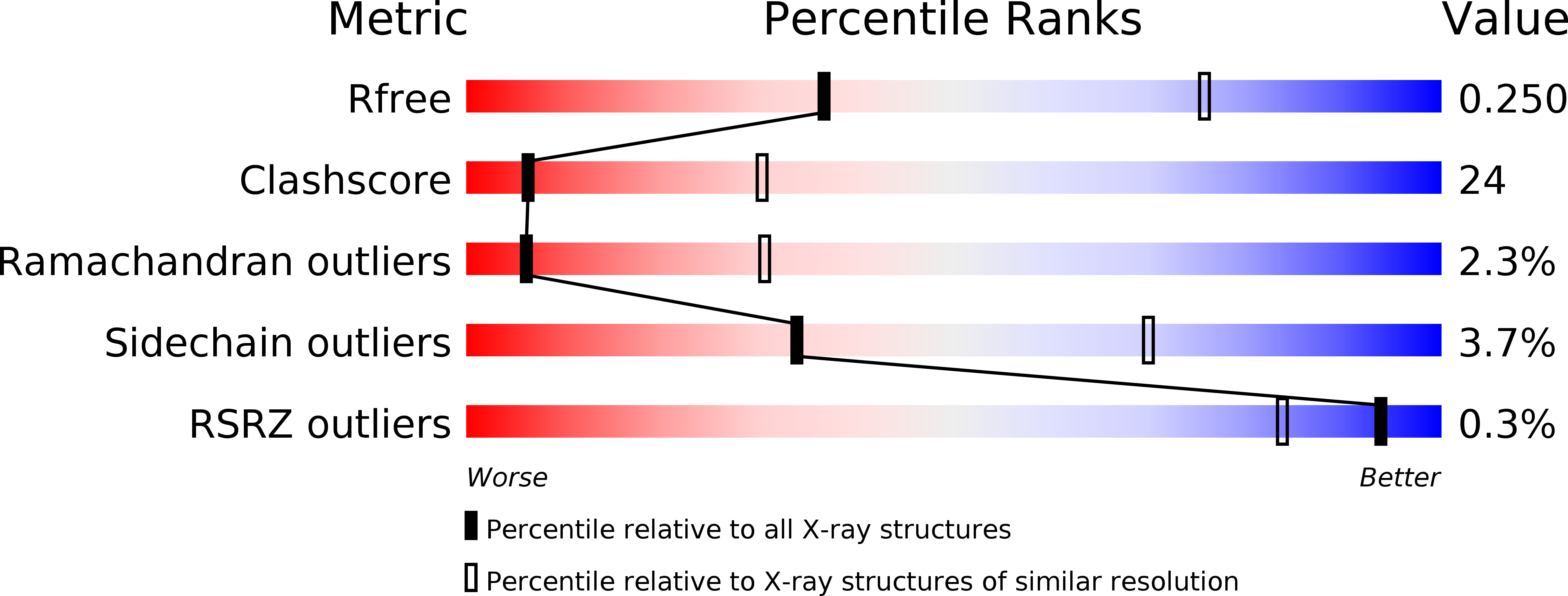
Deposition Date
2005-05-11
Release Date
2005-10-04
Last Version Date
2024-10-09
Entry Detail
PDB ID:
1ZMY
Keywords:
Title:
cAbBCII-10 VHH framework with CDR loops of cAbLys3 grafted on it and in complex with hen egg white lysozyme
Biological Source:
Source Organism:
Camelus dromedarius (Taxon ID: 9838)
Gallus gallus (Taxon ID: 9031)
Gallus gallus (Taxon ID: 9031)
Host Organism:
Method Details:
Experimental Method:
Resolution:
3.00 Å
R-Value Free:
0.25
R-Value Work:
0.20
R-Value Observed:
0.20
Space Group:
P 65


